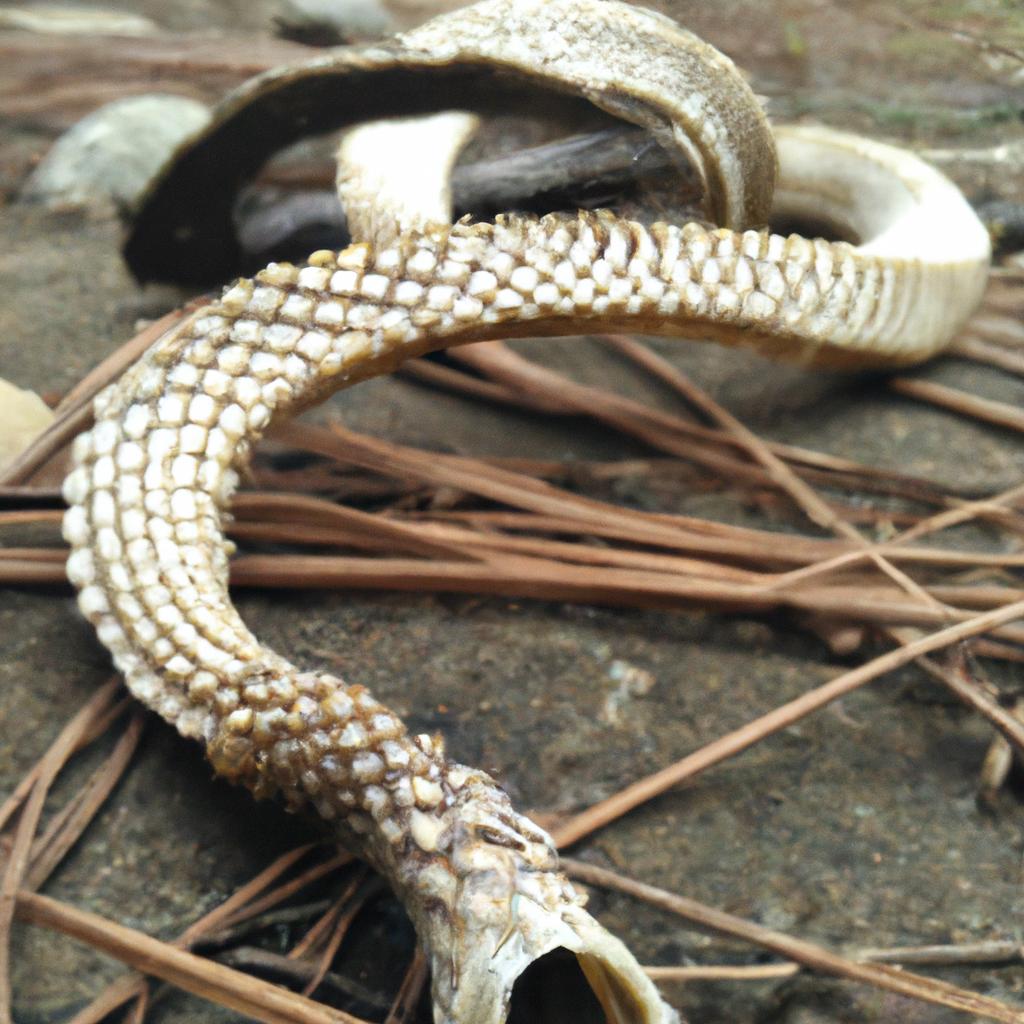As you witness a snake gracefully slither across the ground, have you ever pondered how it effortlessly moves? The key lies in its skeleton, an intricate and captivating structure that plays a vital role in its survival. The snake skeleton not only holds significance for the serpents themselves but also for scientists and educators worldwide. By delving into the intricacies of the snake skeleton, we can unravel the biology and behavior of these enigmatic creatures. Join us on this journey as we shed light on the importance of snake skeletons and the invaluable research they inspire.
Snake Skeleton: The Foundation of Movement and Adaptation
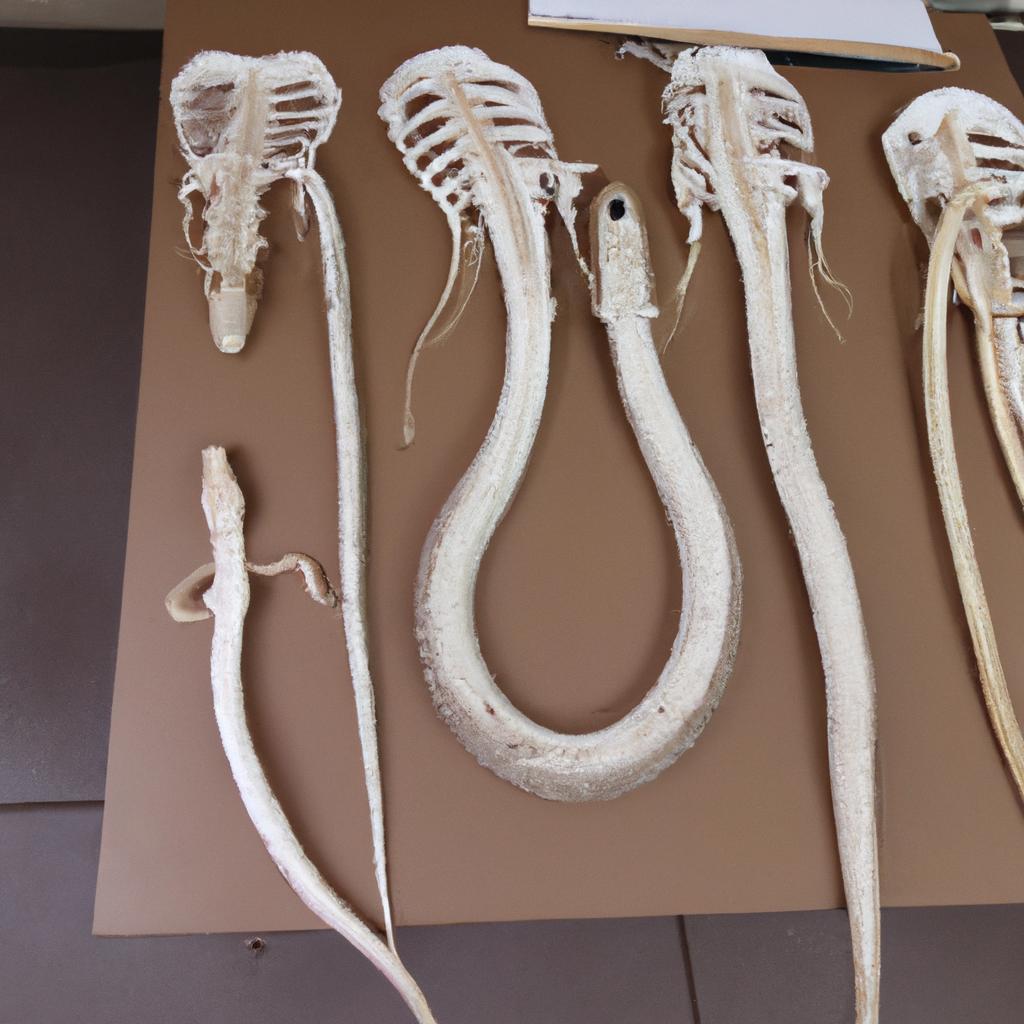
The Building Blocks of a Snake Skeleton
A snake’s skeleton is a specialized framework composed of numerous bones and structures that collaborate to support the serpent’s body and facilitate its movement. The skeleton consists of four main sections: the skull, the vertebral column, the ribs, and the appendicular skeleton.
The snake’s skull comprises loosely connected small bones, enabling it to swallow prey much larger than its head. The vertebral column consists of interconnected vertebrae, allowing the snake to move in various directions with flexibility. Ribs, attached to the vertebrae, provide additional support for the snake’s body. Lastly, the appendicular skeleton encompasses the snake’s modified limbs, often appearing as small bumps known as spurs in most species.
The Multifaceted Role of the Snake Skeleton
The snake skeleton serves several vital functions in the life of these creatures. Primarily, it provides the necessary support for their bodies, enabling precise movement and effective hunting. Furthermore, the skeleton safeguards the snake’s internal organs, such as the heart and lungs, shielding them from harm.
Beyond these fundamental functions, the snake skeleton exhibits remarkable adaptations tailored to different environments and lifestyles. Some snakes possess longer and more flexible vertebral columns for enhanced agility and speed during prey pursuits. Alternatively, other species boast shorter, sturdier skeletons, aiding them in burrowing through the ground or climbing trees effortlessly.
Unveiling Diversity: Comparing Snake Skeletal Structures
The diversity of snake skeletons across species is truly captivating. Different snakes showcase distinctive skeletal structures. For instance, certain snakes possess specialized vertebrae that allow them to produce a rattling sound with their tails as a crucial warning signal to predators. In contrast, some species possess modified ribs that act as a defense mechanism, such as the spitting cobra’s ability to eject venom from its ribs towards potential threats.
Overall, the snake skeleton proves to be an exceptionally intricate and captivating structure that unravels the biology and behavior of these mysterious creatures.
The Marvelous Adaptations of Snake Skeletons
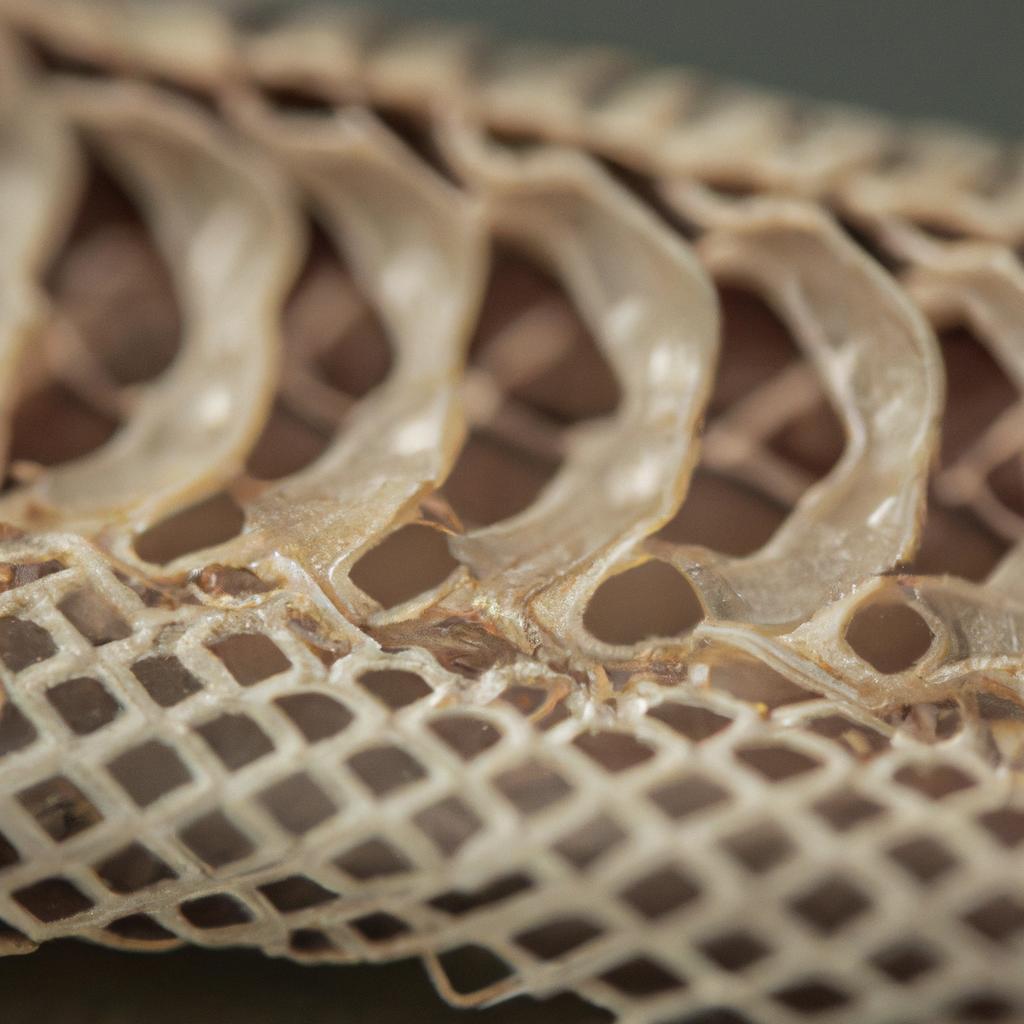
Snakes thrive in diverse environments, ranging from arid deserts to lush rainforests. Accordingly, their skeletons have adapted to suit their specific needs. Let’s take a closer look at how snake skeletons have evolved to help these creatures survive in their respective habitats.
Adaptation to Varied Environments
Different snake species have developed unique skeletal adaptations that enable them to flourish in their respective habitats. For instance, tree-dwelling species like green tree pythons possess long, slender bodies and prehensile tails, facilitating easy movement through branches. On the other hand, burrowing snakes such as sand boas sport shorter, stouter skeletons, providing stability and support as they navigate through the soil.
Conquering Harsh Conditions
Snakes face various challenges in their habitats, including extreme temperatures and predators. Their skeletons have evolved to aid in overcoming these hurdles. As an example, the sidewinder rattlesnake has a remarkable method of traversing scorching sand: it lifts only two points of its body at a time, while the rest remains in contact with the ground. This ingenious mechanism minimizes contact with the hot sand, preventing overheating.
Insights into Evolution and Adaptation
The study of snake skeletons offers a glimpse into how these creatures have evolved over time to adapt to their surroundings. Researchers have discovered that the evolution of the snake’s jaw and skull allowed them to consume larger prey, resulting in subsequent changes in their digestive systems. By analyzing snake fossils and comparing them to modern-day skeletons, scientists gain valuable insights into the evolution of these captivating creatures.
In essence, the snake skeleton represents an incredible structure that adapts to various environments and challenges. By studying these adaptations, we unveil invaluable insights into the evolution and behavior of these captivating creatures.
Snake Skeletons: Indispensable for Scientific Research and Education
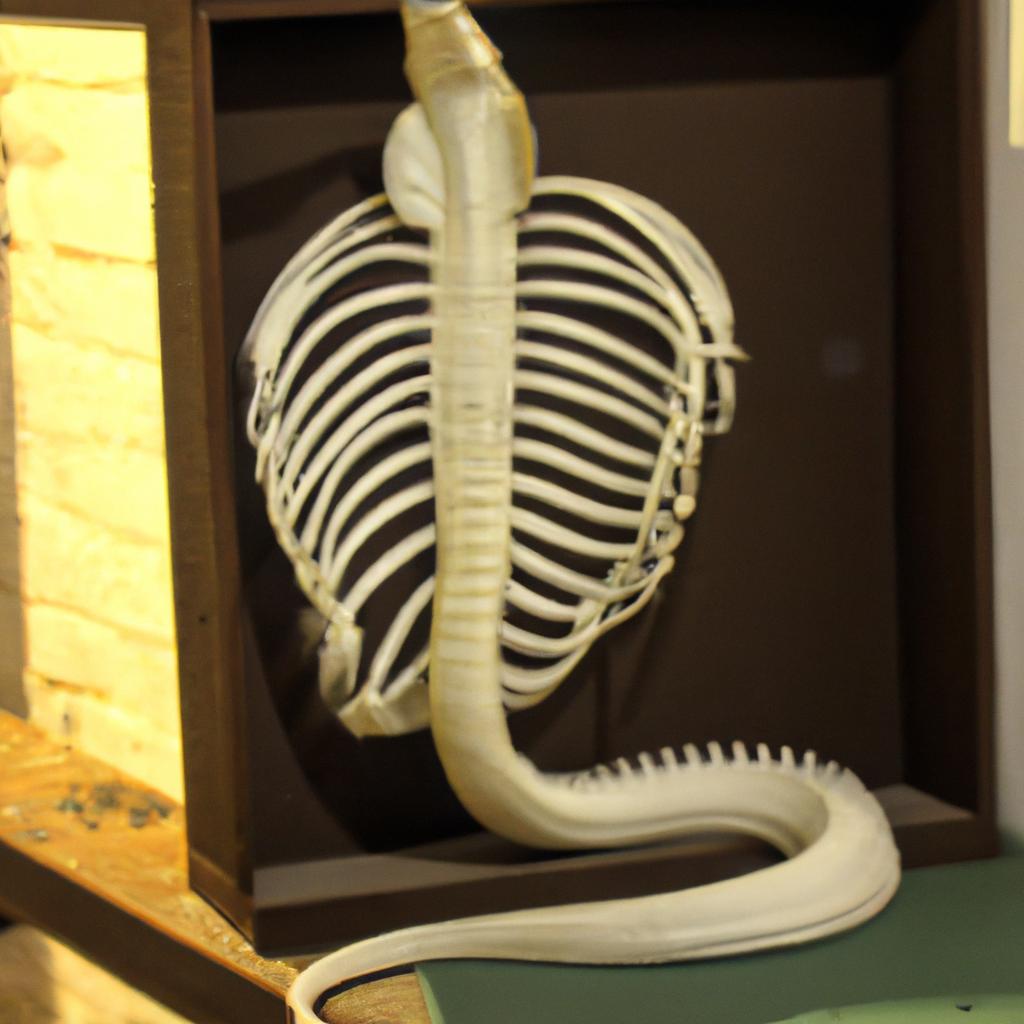
Snake skeletons not only showcase the wonders of nature but also contribute significantly to scientific research and education across multiple disciplines.
Advancing Scientific Research
For decades, scientists have delved into the study of snake skeletons to better comprehend their anatomy, physiology, and genetics. The intricate bone structure of snakes allows researchers to explore the functions of various organs and body systems, including the respiratory and digestive systems. Through such studies, scientists uncover novel treatments and cures for diseases that affect both snakes and humans.
A Treasure Trove of Education
Snake skeletons play a pivotal role in education, providing a captivating tool to teach students of all ages about biology, anatomy, and evolution. In classrooms, museums, and zoos worldwide, snake skeletons offer a unique resource that immerses people in the marvelous world of snakes and their ecological importance.
Cultural and Artistic Significance
Snake skeletons hold cultural and artistic significance beyond their scientific and educational value. Many cultures consider snakes as symbols of power, wisdom, and transformation, making the snake skeleton a popular motif in art, jewelry, and fashion. For centuries, people across the globe have been captivated by snake skeletons, using them to express their creativity and interpret the world around them.
At TooLacks, we acknowledge the significance of understanding and appreciating the natural world. The snake skeleton stands as a crucial puzzle piece in this endeavor. By delving into the intricacies of the snake skeleton and its role in snake biology, we develop a deeper appreciation for these magnificent creatures and the ecosystems they inhabit.
Whether you are a scientist, educator, or nature enthusiast, take a moment to explore the secrets of the snake skeleton. Who knows what fascinating discoveries await?
Conservation and Ethical Considerations
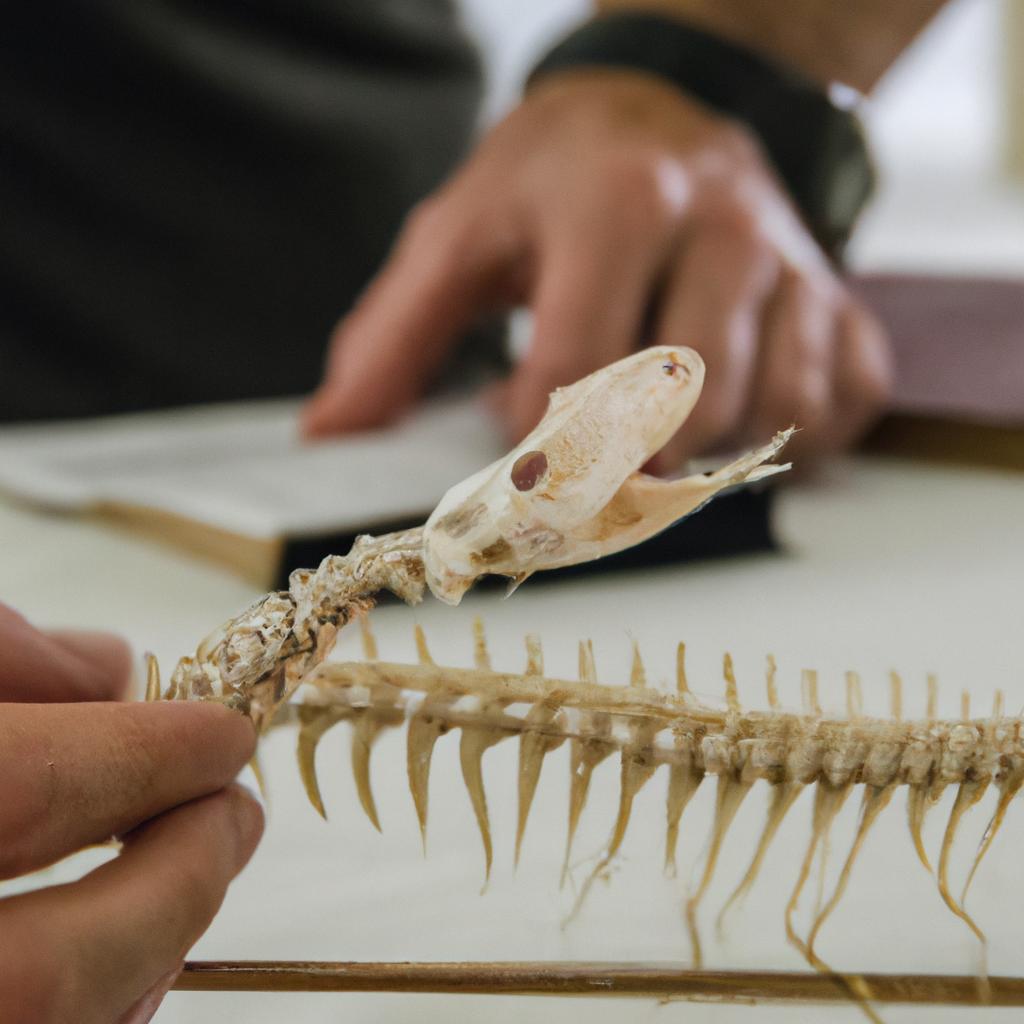
As with many animal species, snake populations worldwide face threats from human activities such as habitat destruction, climate change, and poaching. These threats extend to their skeletons, often sought after by collectors and researchers. Let us delve into the impact of such activities and the ethical considerations surrounding the use of snake skeletons in scientific research and education.
Human Activities and Snake Populations
Human activities exert a significant impact on snake populations, with habitat loss being a primary concern. As humans encroach upon natural habitats, snakes lose the spaces crucial for their survival. This loss also affects their food sources, resulting in declining population numbers. Climate change further compounds these effects, forcing snakes to migrate in search of suitable habitats and leading to increased competition for resources.
Ethical Considerations in Research and Education
While the study of snake skeletons holds great importance for scientific research and education, it is essential to consider the ethical implications surrounding their use. Illegally obtained snake skeletons, often acquired through poaching, can severely impact snake populations and their habitats. Moreover, ethical concerns arise regarding the sourcing of snake skeletons for scientific and educational purposes. The acquisition and use of these specimens must be both ethical and justified by their scientific or educational value.
Conservation Efforts in Action
Thankfully, dedicated organizations and individuals are working tirelessly to conserve snake populations and their habitats. Conservation efforts include habitat restoration, captive breeding programs, and public education campaigns, all aimed at protecting snake populations and ensuring that future generations can continue to learn from these captivating creatures.
In summary, the study of snake skeletons plays an essential role in scientific research and education. However, we must acknowledge the ethical implications surrounding their acquisition and usage. By working together to conserve snake populations and their habitats, we can ensure the flourishing of these species and inspire future generations to explore and appreciate the world around them.
Wrapping Up: The Significance of Snake Skeletons in Science and Education
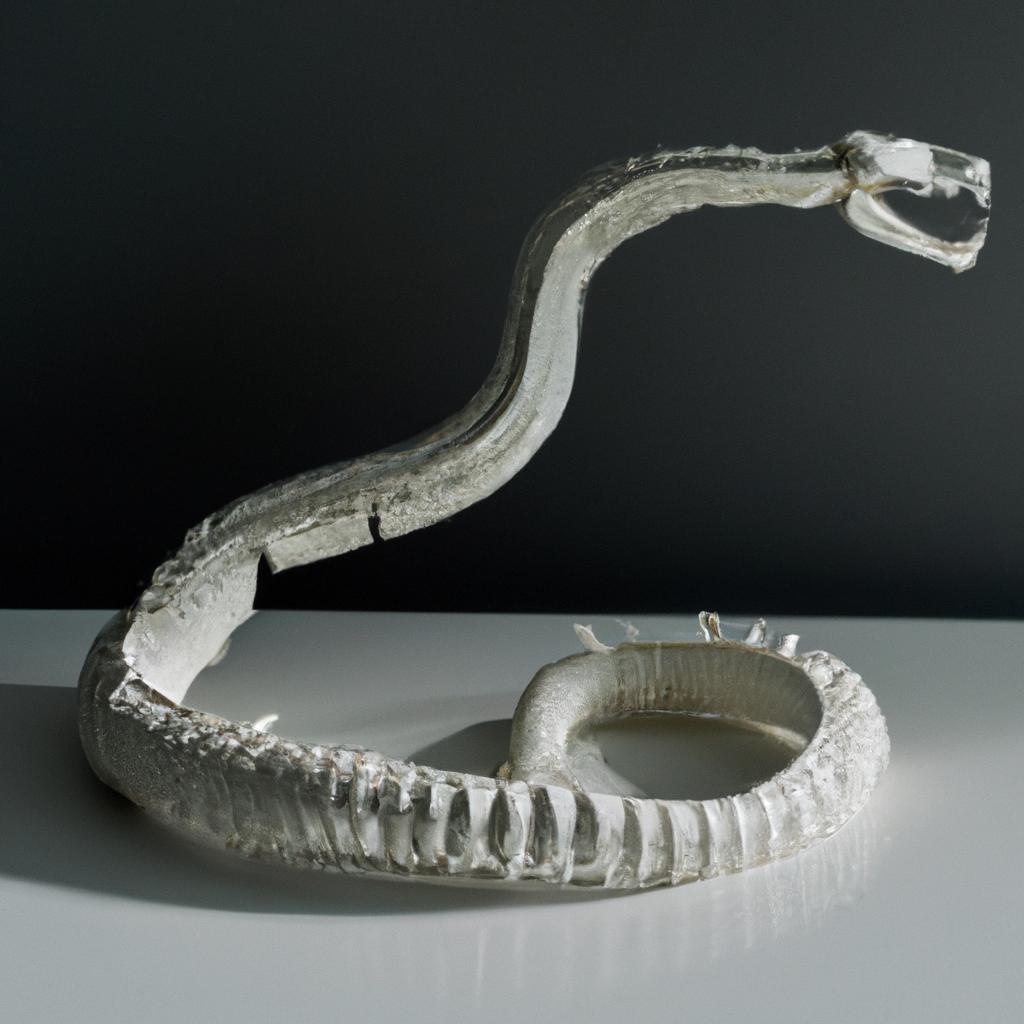
In conclusion, the snake skeleton represents a remarkable structure that is pivotal in understanding the biology and behavior of these enigmatic creatures. By delving into the intricacies of the snake skeleton, we gain valuable insights into their adaptations, evolutionary journeys, and survival strategies.
Moreover, snake skeletons serve as indispensable tools for scientists and educators worldwide. From interactive museum displays to classroom lessons, these skeletons offer valuable resources for teaching and research purposes.
At TooLacks, we embrace the significance of comprehending and cherishing the natural world, with the snake skeleton occupying a central role in this pursuit. By immersing ourselves in the study of snake skeletons and their role in snake biology, we cultivate a deeper appreciation for these marvelous creatures and the ecosystems they inhabit.
Whether you are a scientist, educator, or simply a nature enthusiast, take a moment to explore the intricate wonders of the snake skeleton. You never know what captivating discoveries lie within its creaking bones.
